
Developed first by Valeria Orani in 2015-17 as the Italian Playwrights Project, in collaboration with the Martin E. Segal Center at CUNY and its director Frank Hentschker, the initiative began by introducing select contemporary Italian plays to American audiences. The Project engages the entire process, from translation to performance, and eventually leads to the publication of the translated texts.
The American University of Rome was proud to partner with Orani in The American Playwrights Project, the new sister initiative that completes the cultural exchange, and in December 2017 helped to bring contemporary American drama to Italy. Three plays by American writers were selected and extracts of each were translated and performed during a mise-en-space event at the Teatro Vascello, in Via Giacinto Carini, 78, just a short walk from AUR’s campus.
The plays selected were: Miss 744890 by Mariana Carre![]() o King; When January Feels Like Summer by Cori Thomas, and The Great God Pan, by Amy Herzog. Playwrights King and Thomas were present at the Rome performance and participated in a panel discussion (see below) with the actors, directors and AUR Adjunct Professor Patricia Gaborik, who teaches drama.
o King; When January Feels Like Summer by Cori Thomas, and The Great God Pan, by Amy Herzog. Playwrights King and Thomas were present at the Rome performance and participated in a panel discussion (see below) with the actors, directors and AUR Adjunct Professor Patricia Gaborik, who teaches drama.
Gaborik, who is a translator, scholar, and playwright, served on the selection committee which chose the American plays.
Helping her behind the scenes was AUR Professor Andrea Pacor. Both professors use plays and performance techniques in their courses as part of AUR’s English Writing, Literature and Publishing program.
Teaching theater to non-theater majors
“When I teach drama,” said Gaborik, “I approach the texts not just as literary artifacts but also as pieces that are meant to be staged -- as is commonly said in theatre circles, as ‘blueprints for performance.’ This means a variety of things, depending on the text or the performance tradition from which it stems: we usually discuss that context, and staging practices at the time the play was written.”
In addition to looking at the texts' plots, characters, themes, and formal qualities -- its act and scene structure, its language, etc. -- students in her courses will frequently find themselves reading aloud, maybe even acting out scenes, and experimenting with different interpretations.
“We also try our hand at design activities, considering how a mood or atmosphere is translated into a stage set or how a character's personality may be revealed in what s/he wears,” Gaborik added. “Such an approach, I find, helps students not only to understand how dramatic works must be read differently than narrative ones, but also to think about the craft of the playwright: how different choices and strategies produce different effects.”
Takeaways from the American Playwrights Project panel discussion,
an interview with AUR Professor Patricia Gaborik
Changing the tide? Making it easier to see new plays in Italy
More than similarities or differences in Italian and American dramaturgical styles, what emerged most clearly from the post-reading discussion was the different place and approach to playwriting in Italy and the US.
While new plays and emerging authors are strongly encouraged and heavily supported in the US, dramatists in Italy today at time struggle to have their voices heard.
Several factors contribute to this difference, but in general it has a lot to do with the fact that in the past half-century, the director has been a central and driving figure in the Italian theatre.
In the 60s and 70s, Italy's very vibrant experimental scene focused on the creativity of the director and the spectacularity of staging rather than on the production of new scripts. In this case, "spectacularity" is not meant as an insult, nor does it suggest superficiality -- not at all. It just means that theatrical innovators just as often turned to dramatic or even narrative classics in experimenting with new styles of -- and ways of achieving --theatricality.
Production was and continues to be less dependent on new authors and new plays than American theatre has been: in the US, new play readings and workshops form part of a pedagogical and pre-production process in a different system, where the dramatist has pretty consistently been a key figure.
It should be said that the Italian Playwrights Project is one initiative that reveals (and should foster) a potentially changing tide in Italian dramaturgy.
Becoming a playwright: US well-rounded vs narrow career path in Italy
One big difference in the traditions of Italy and America is the training of theatre professionals. Italian university-level education leaves two essential options: 1.) formal university study -- where even in theatre departments, students rarely receive practical theatre training or 2.) attending a conservatory-style dramatic academy -- where one's focus can be rather narrowly placed on one aspect of performance, such as acting. Opportunities to attend an academy in Italy are far more limited than going to the university.
In the US, on the other hand, the vast majority of BAs in theatre are within a department that requires a general liberal arts education and also practical courses in theatre production -- a sort of combination of the Italian university and academy systems.
So, a very young writer may graduate already having taken courses in playwriting, having had the opportunity to hear his or her plays read or seen them staged in student festivals, and knowing a little about establishing contact with theatres as s/he embarks on a career path. Very often, the student has also studied acting, design, stage management, practical experience that conditions the kinds of plays s/he imagines and writes.
Fewer authors who come to playwriting in Italy will have this sort of educational experience but may find their way to writing as theatre professionals.
Whatever the path, however, the plays presented in this second edition of the Playwrights Project demonstrate concentrated attention to theatricality even in the texts most clearly indebted to highly literary traditions, Italian or English.
Italian reaction: American plays have great characters to play
Participants in the project were struck by apparent differences in the plays. The Italian actors and directors were particularly intrigued by the depth of characterization and the humanity of the roles written by the American dramatists. The Italian tradition being one of great (and sometimes very bold) acting, its performers particularly appreciated the ways in which the American playwrights seem to create characters actors love to play.
The challenge: Translating US dialects into Italian
Translation was naturally a topic of discussion at the event. American ethnic and linguistic diversity poses challenges for translators, who must find "legible" equivalents in Italian: how does one translate a particularly stylized African-American New York English (which was an element in Cori Thomas’ play), into Italian, when the community whose experience it represents does not exist in Italy? Italy, of course, has its own diversification, which can be expressed, among others, in regional dialect. What options does a translator have to render that difference of idiom in English?
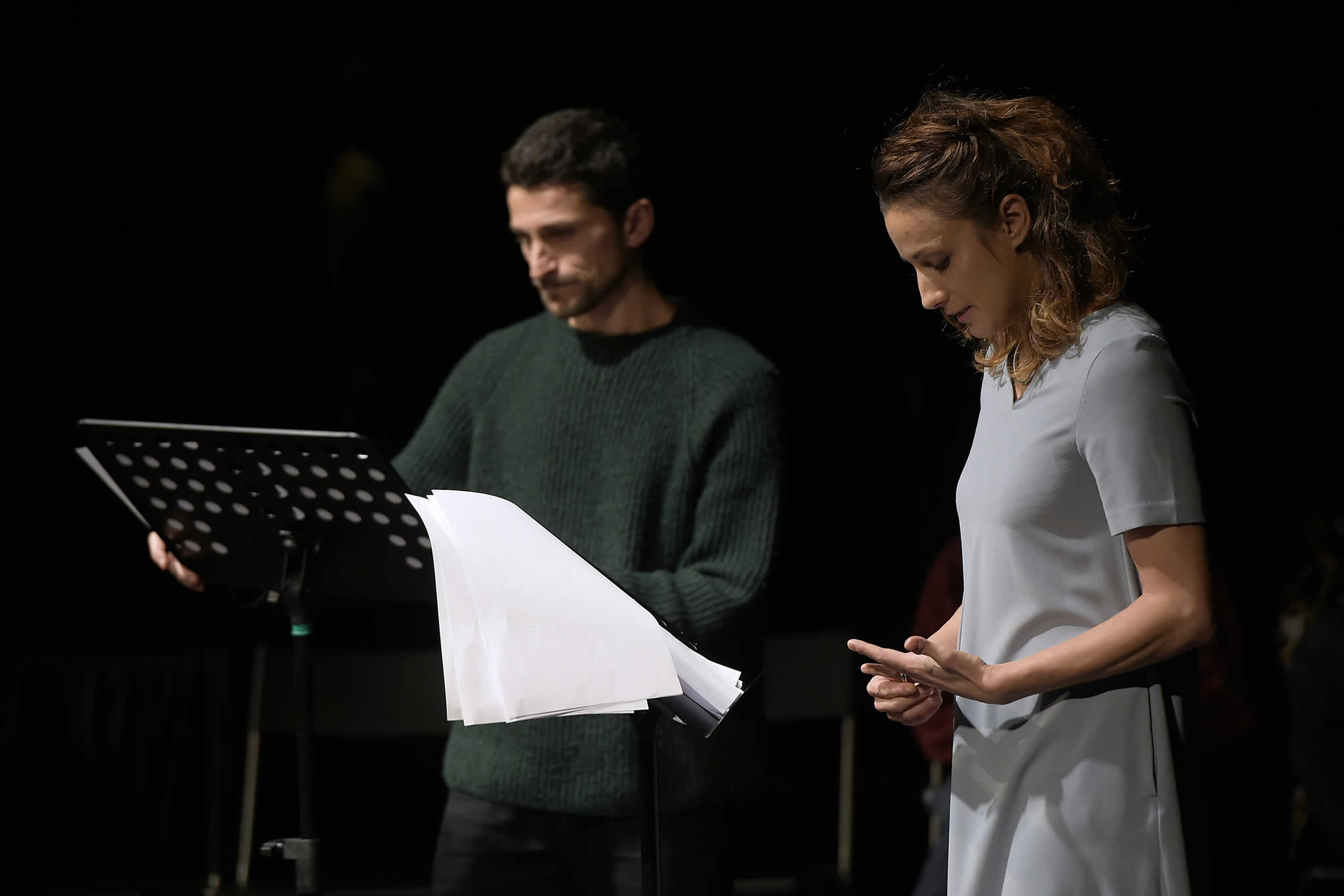 |
 |
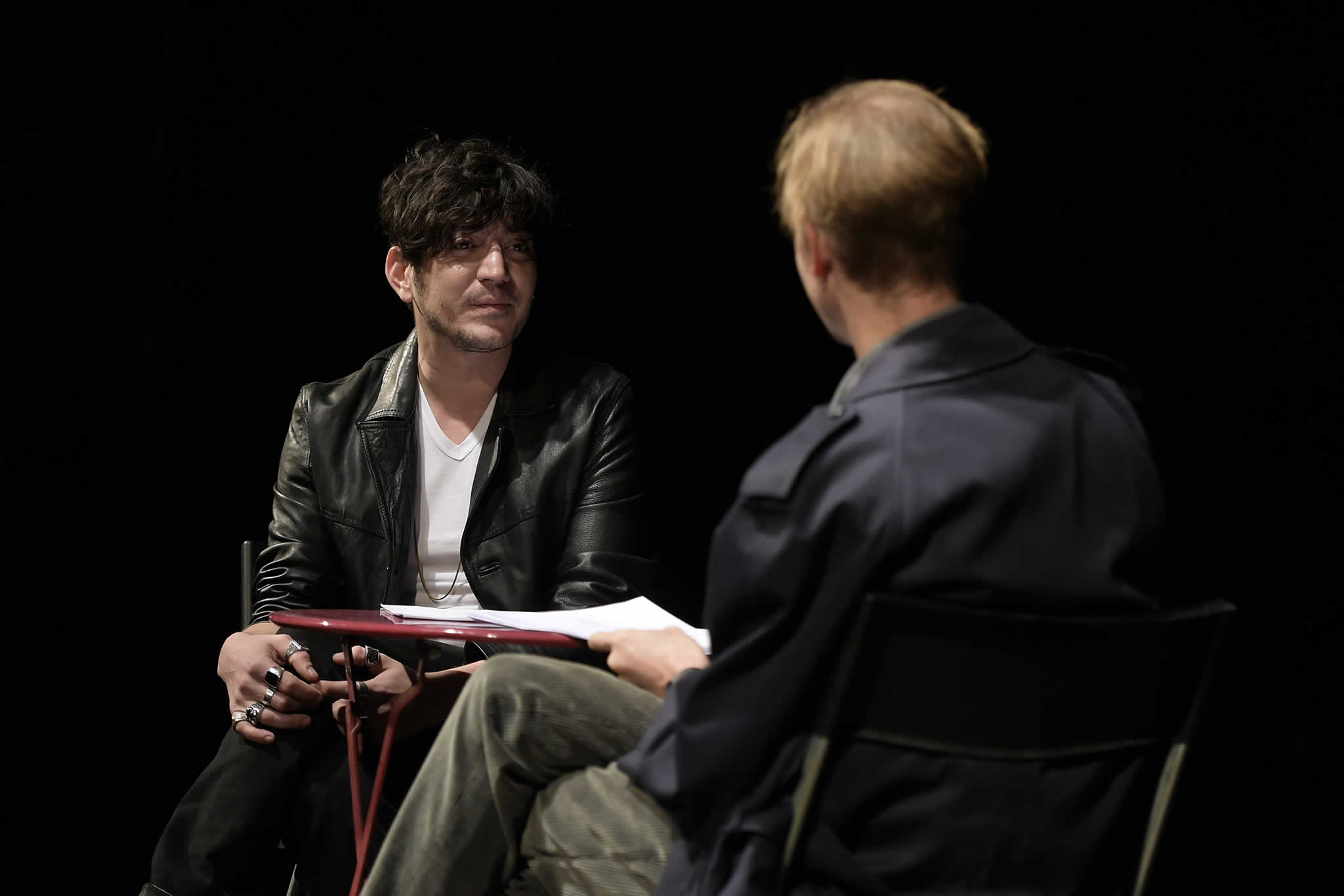 |
 |
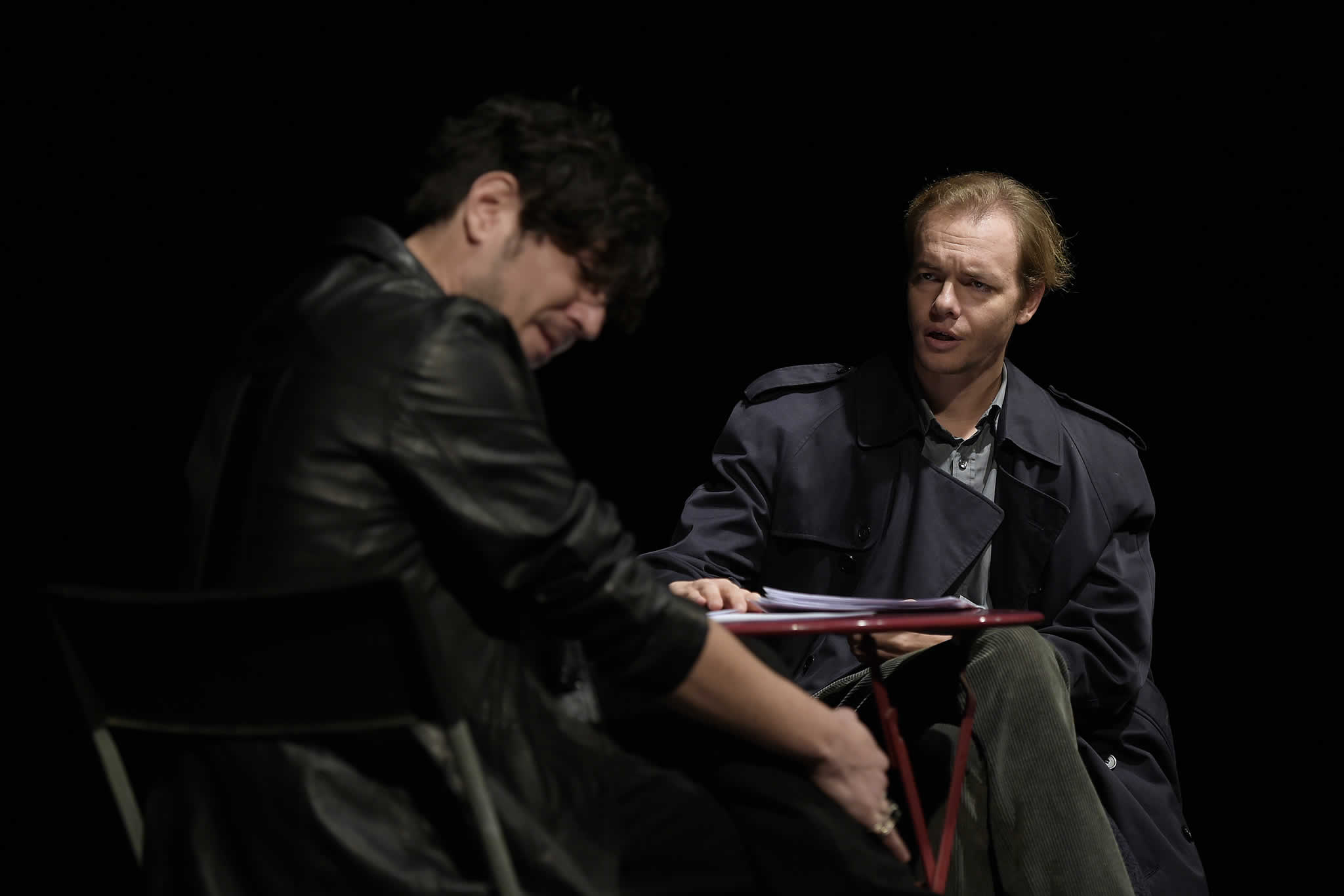 |
 |
 |
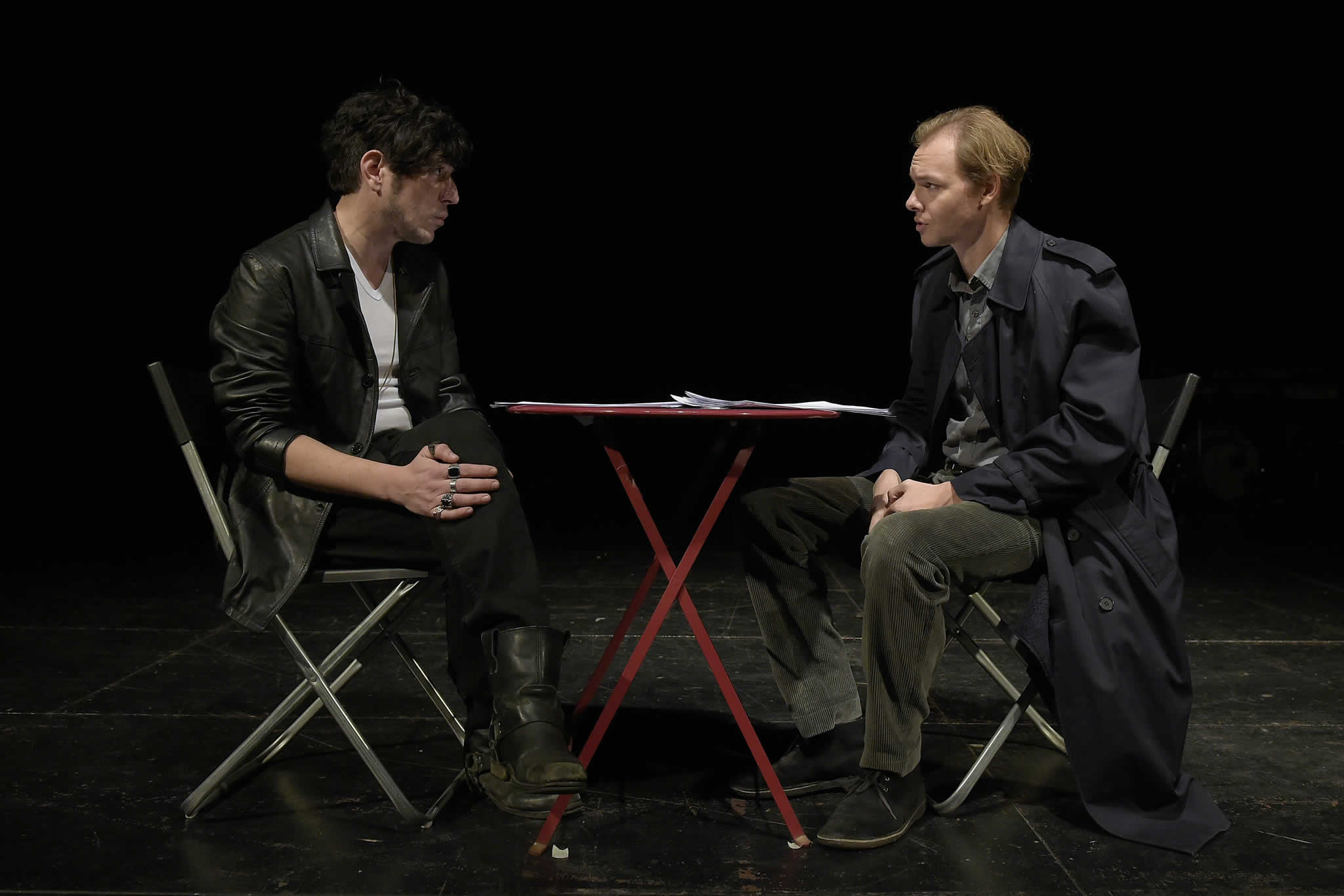 |
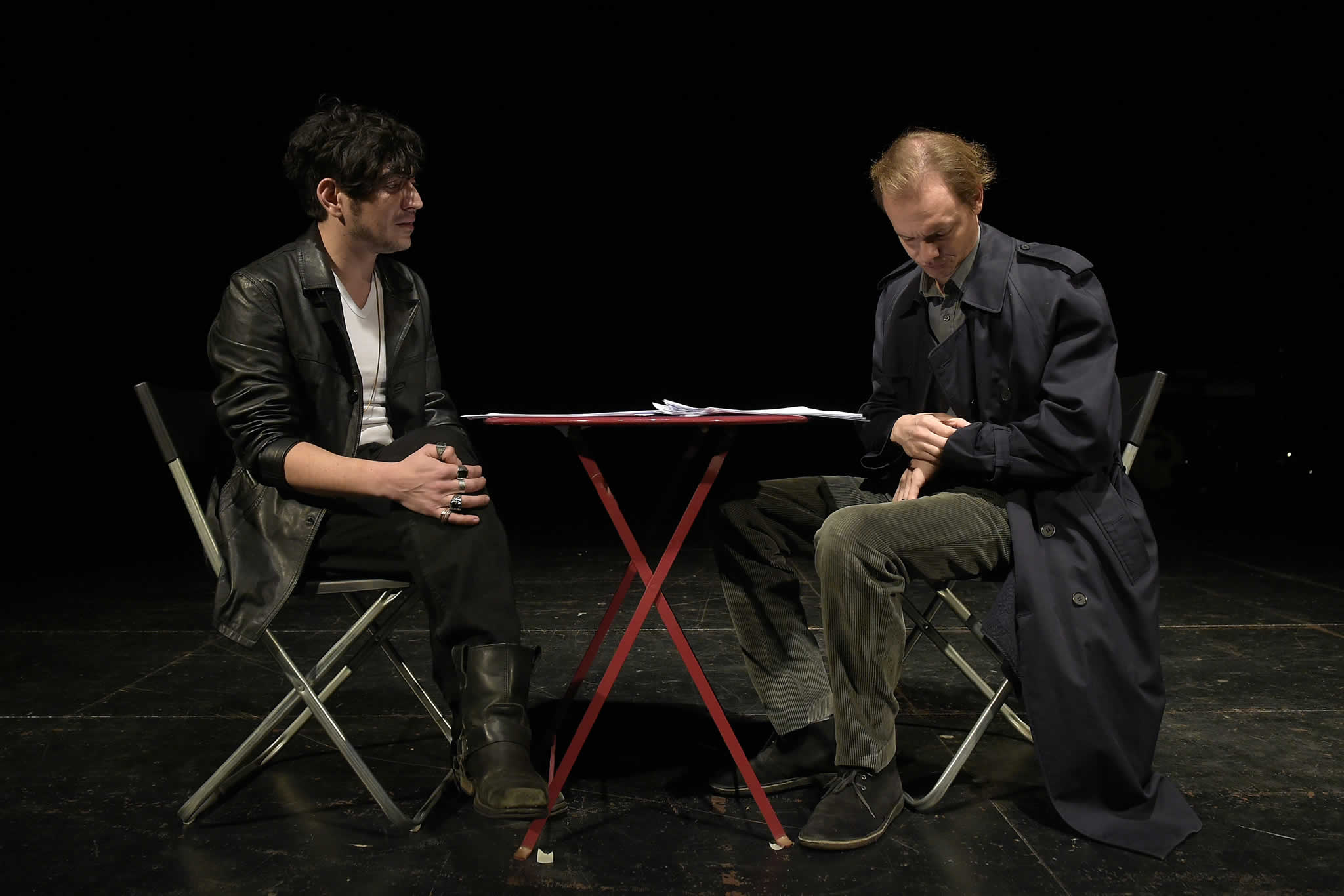 |
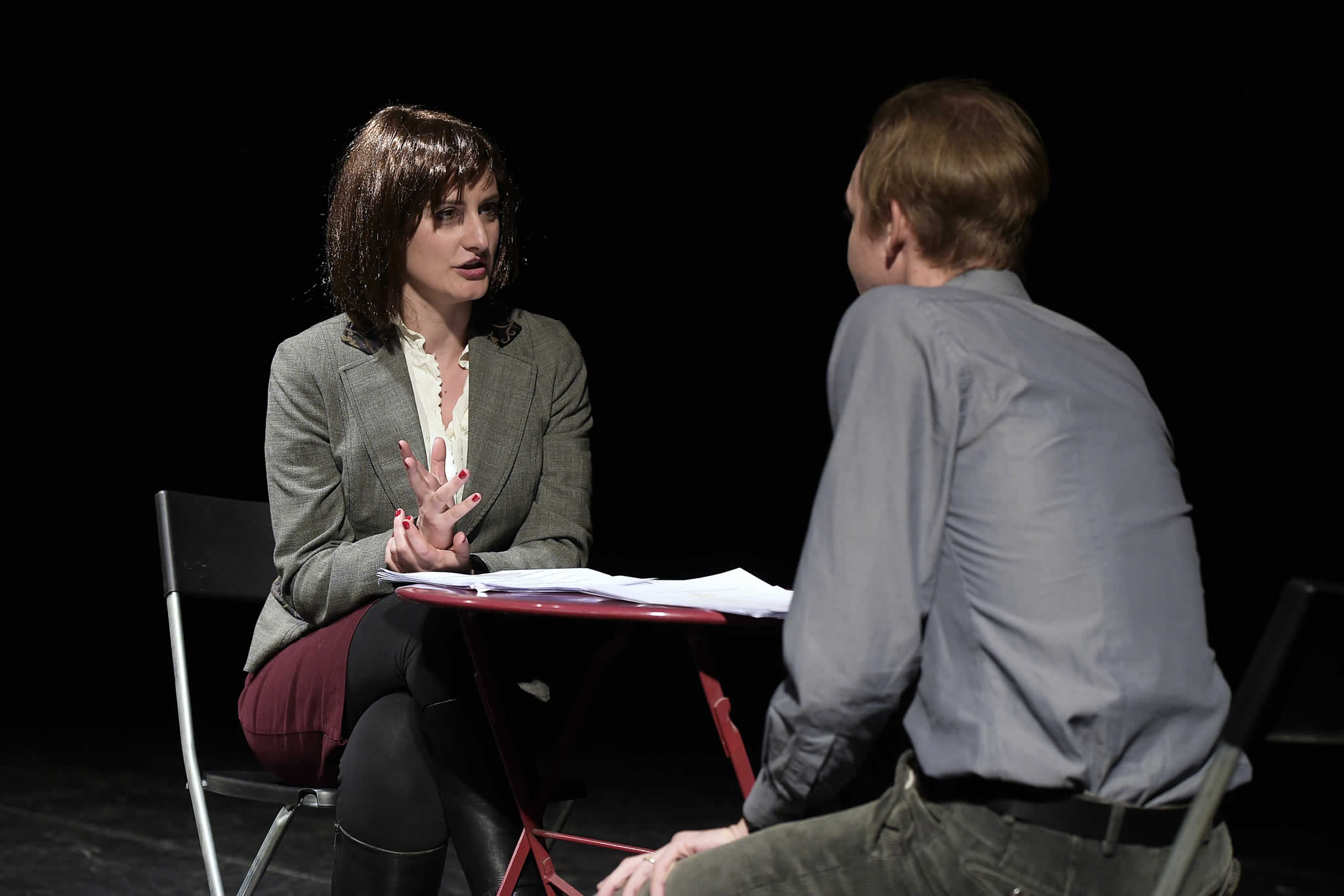 |
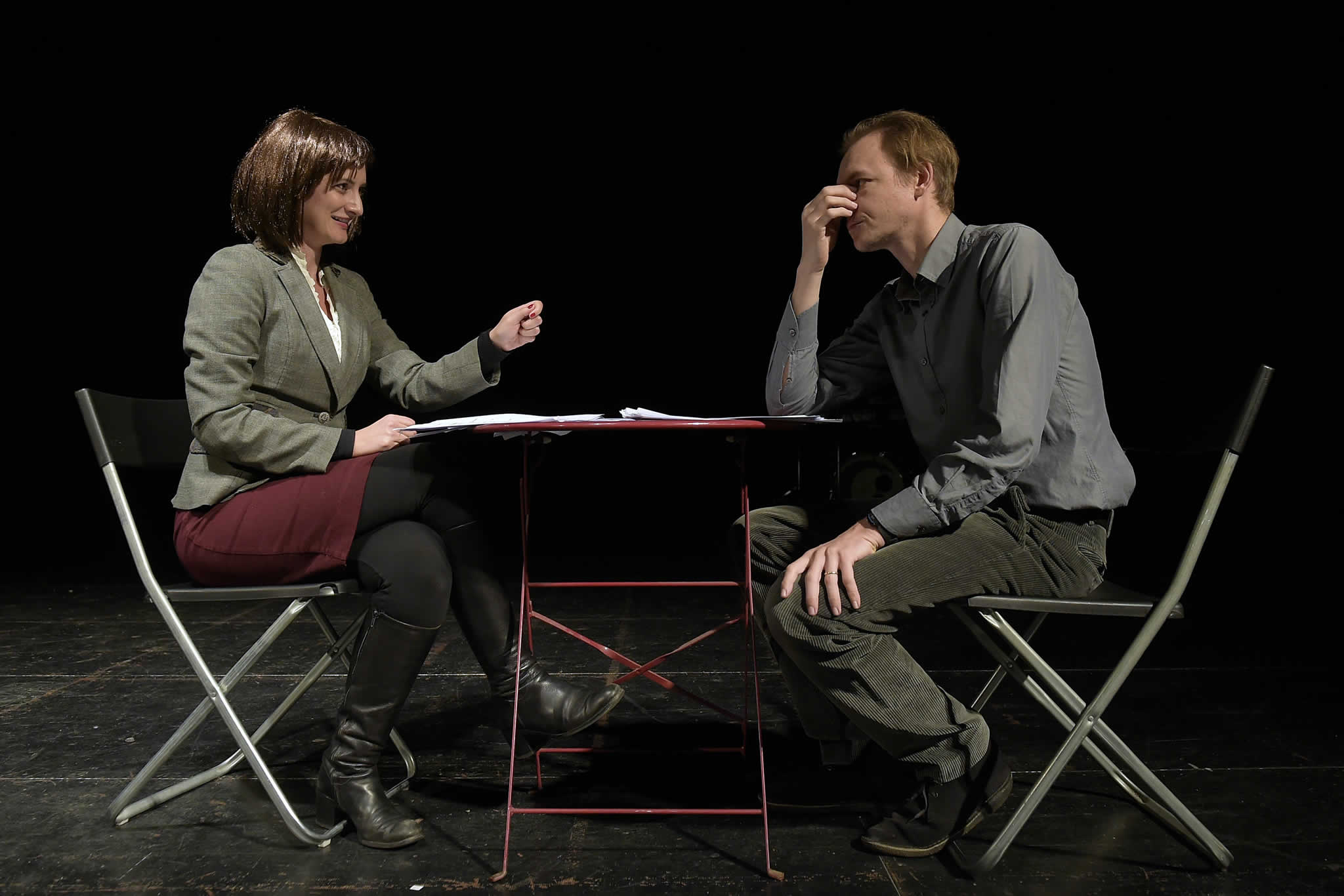 |
 |
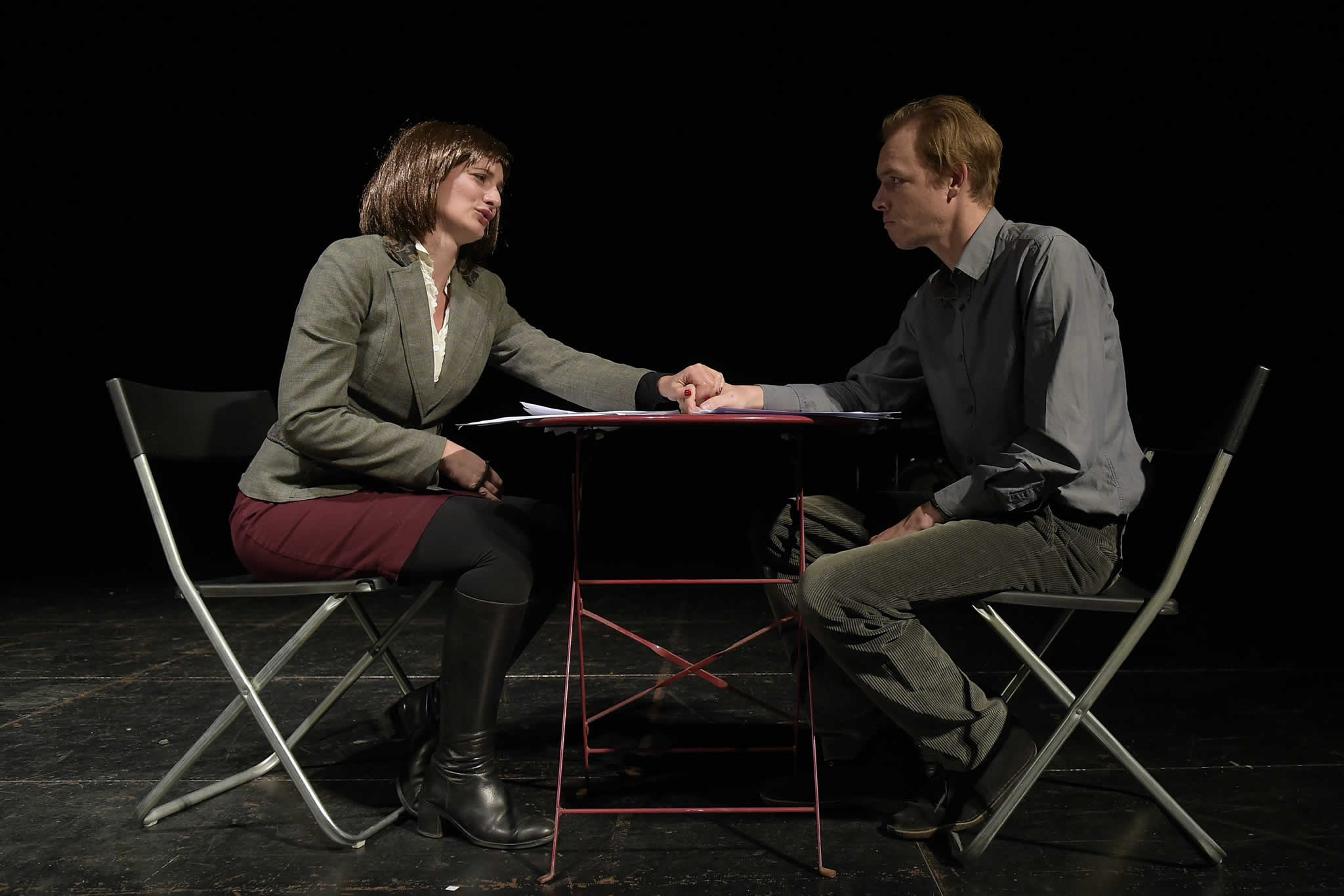 |
 |
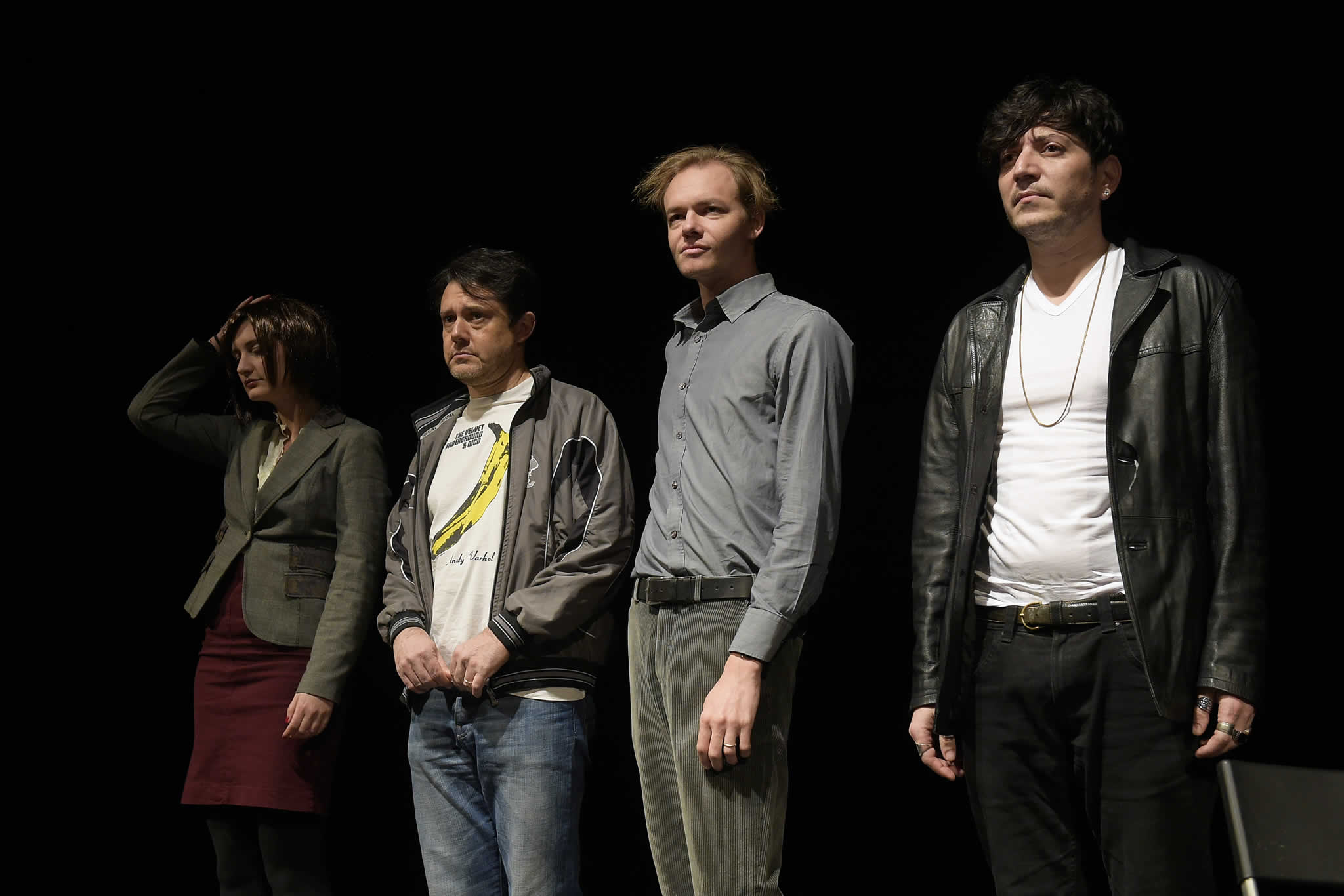 |
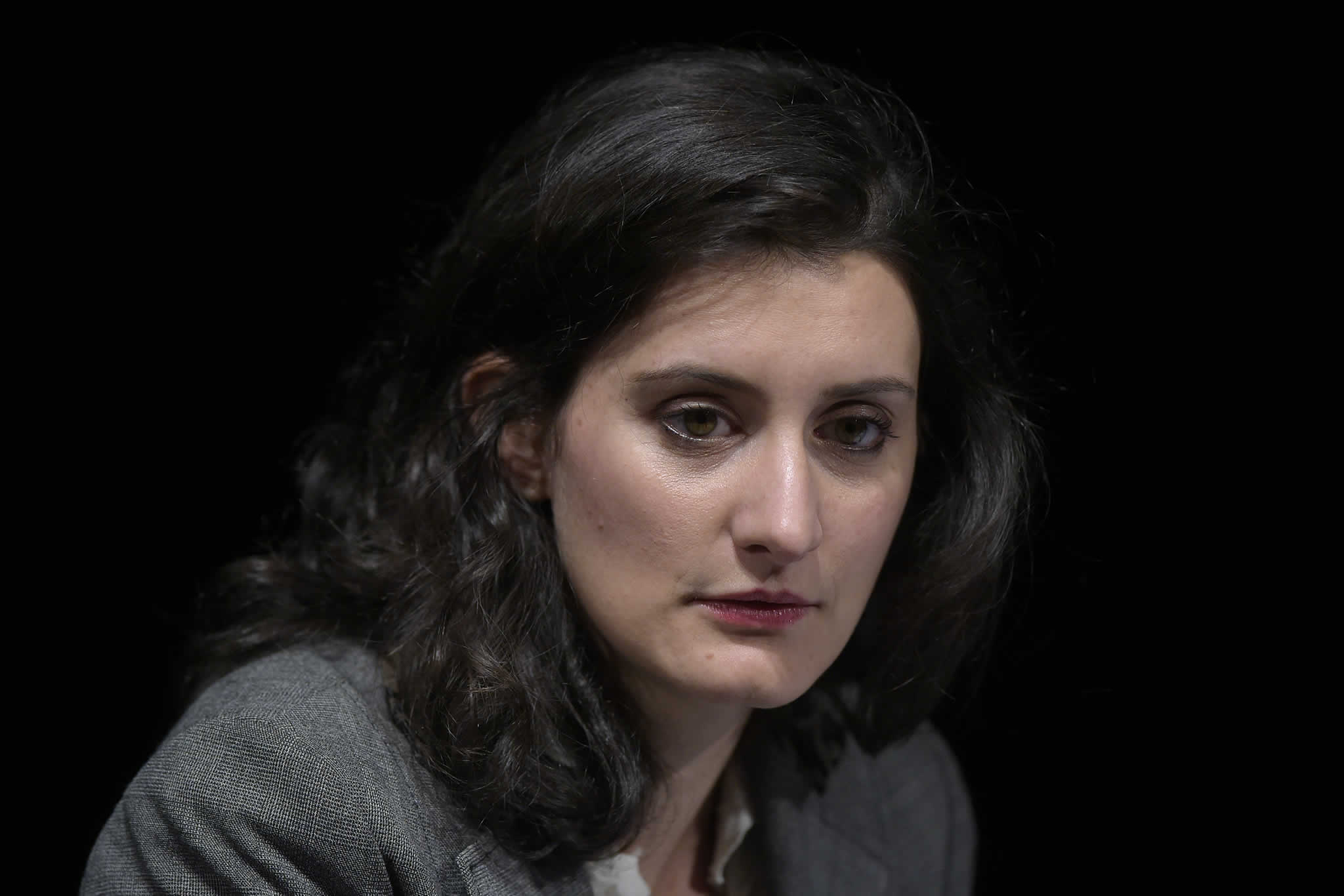 |
 |
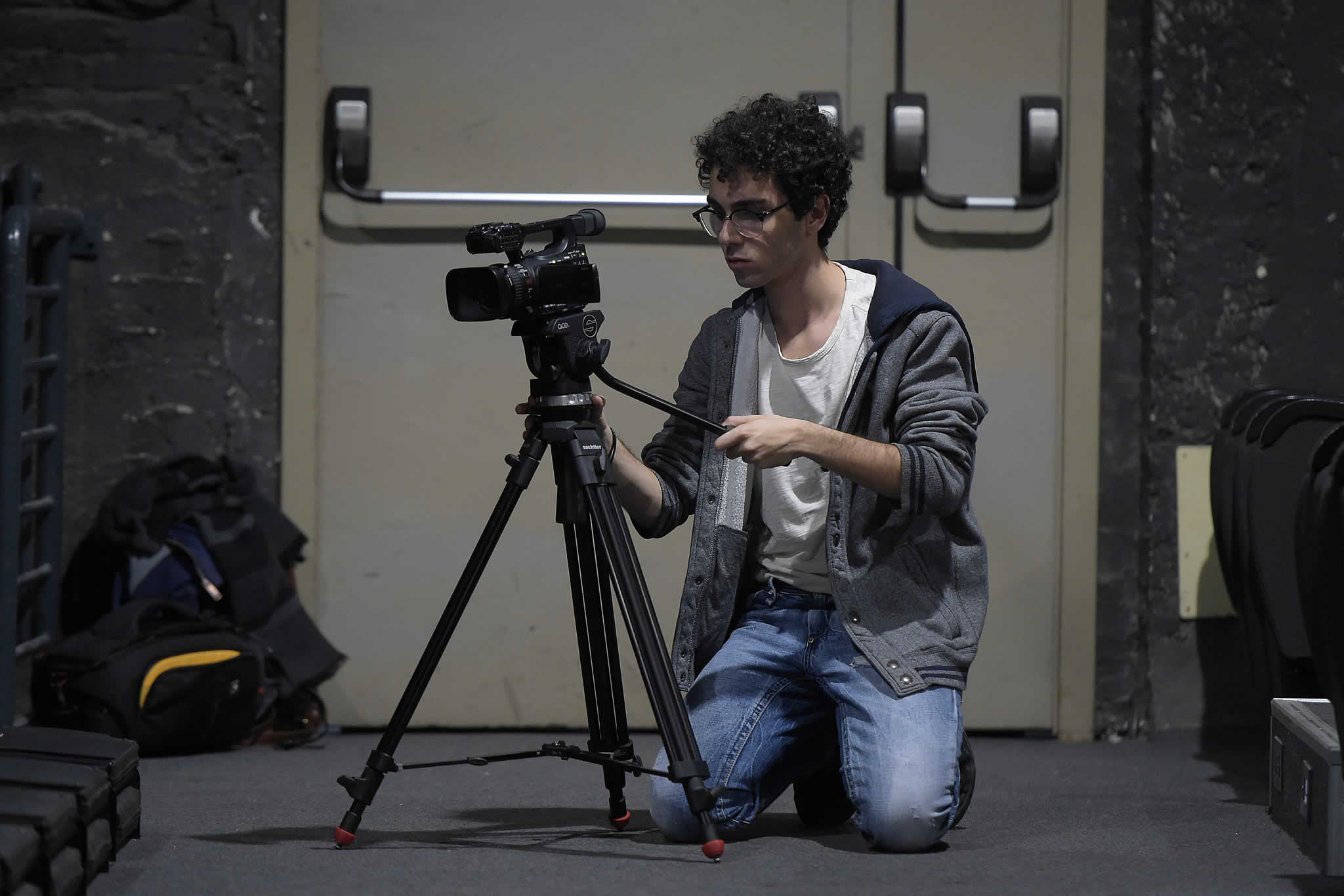 |
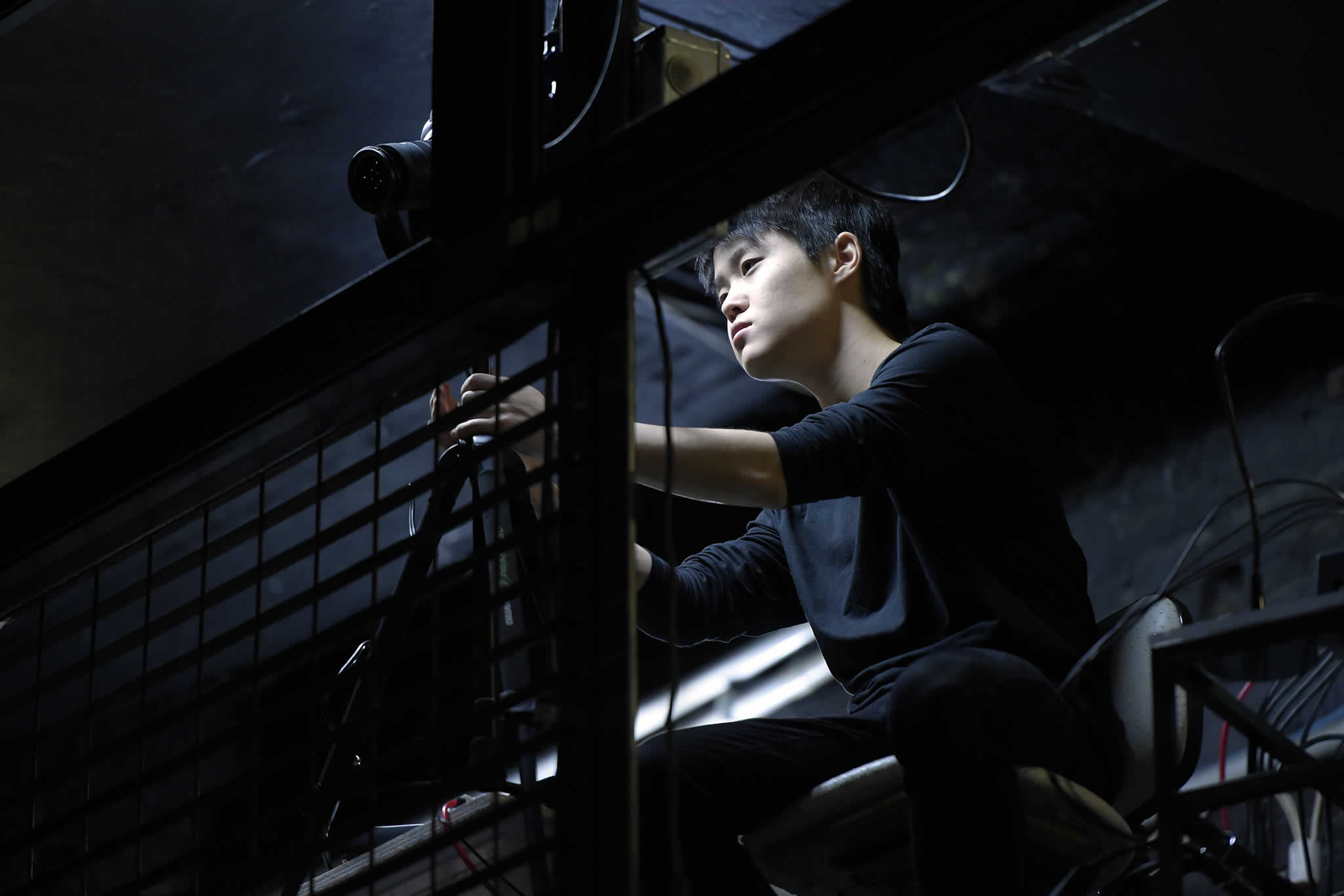 |
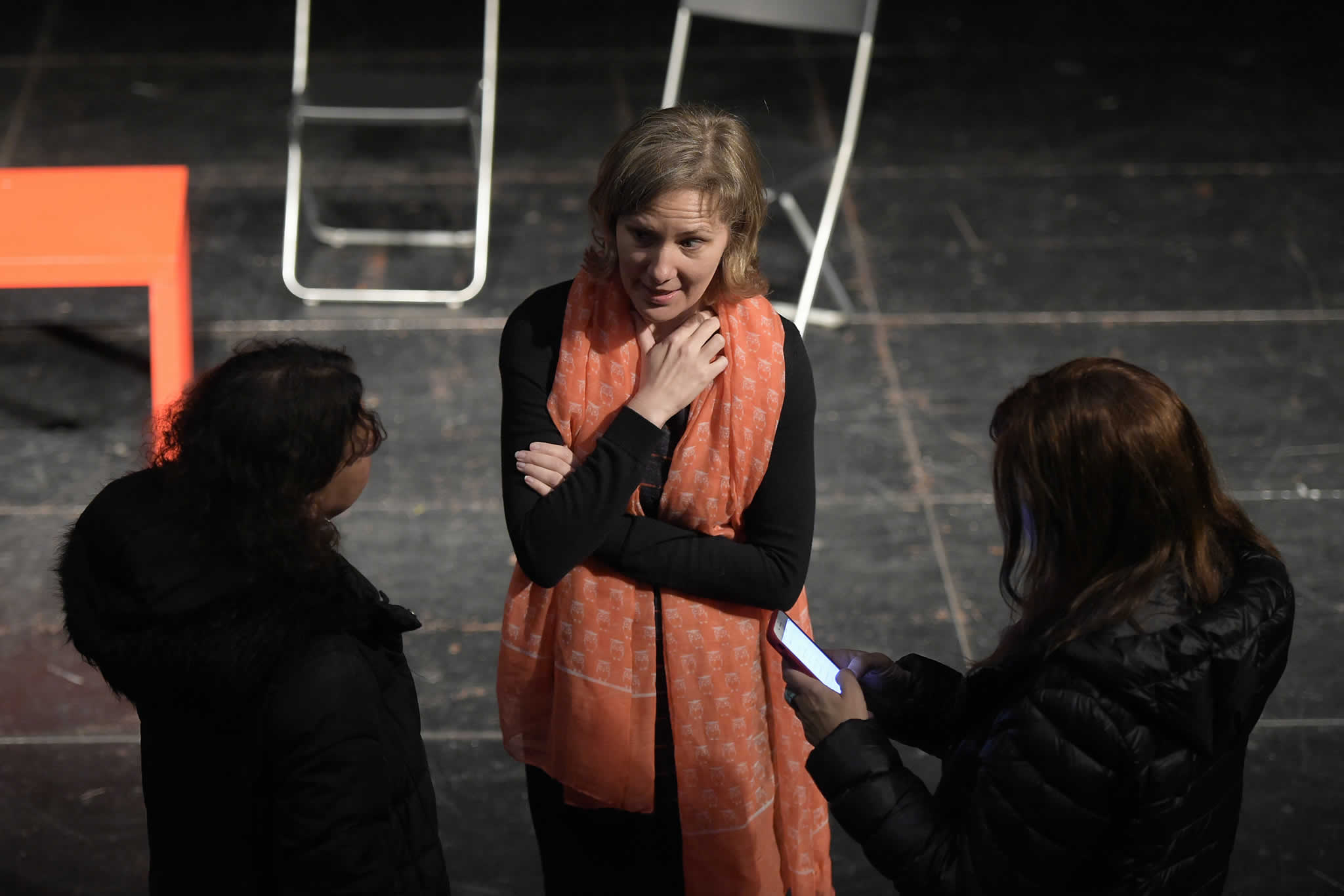 |
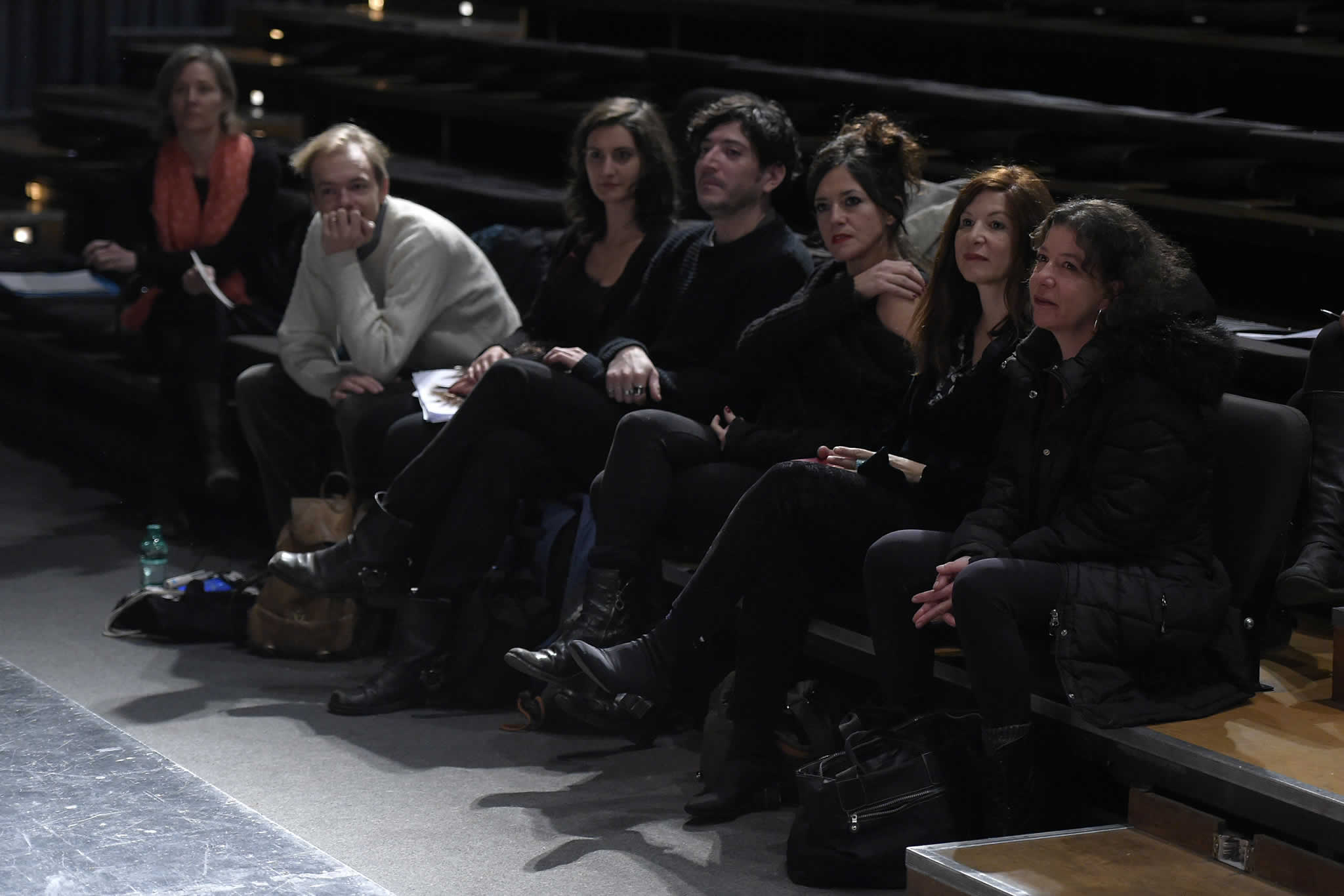 |
 |
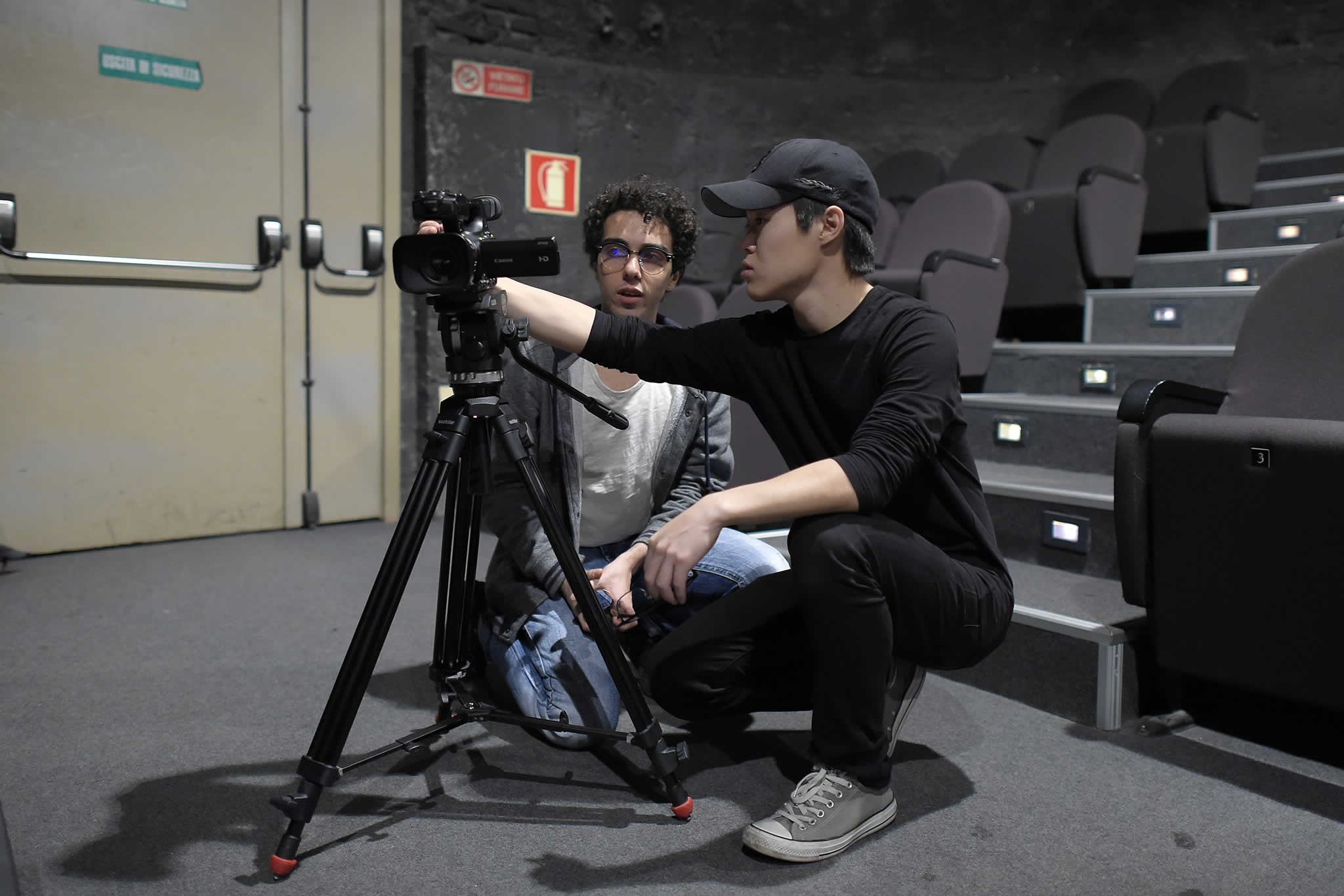 |
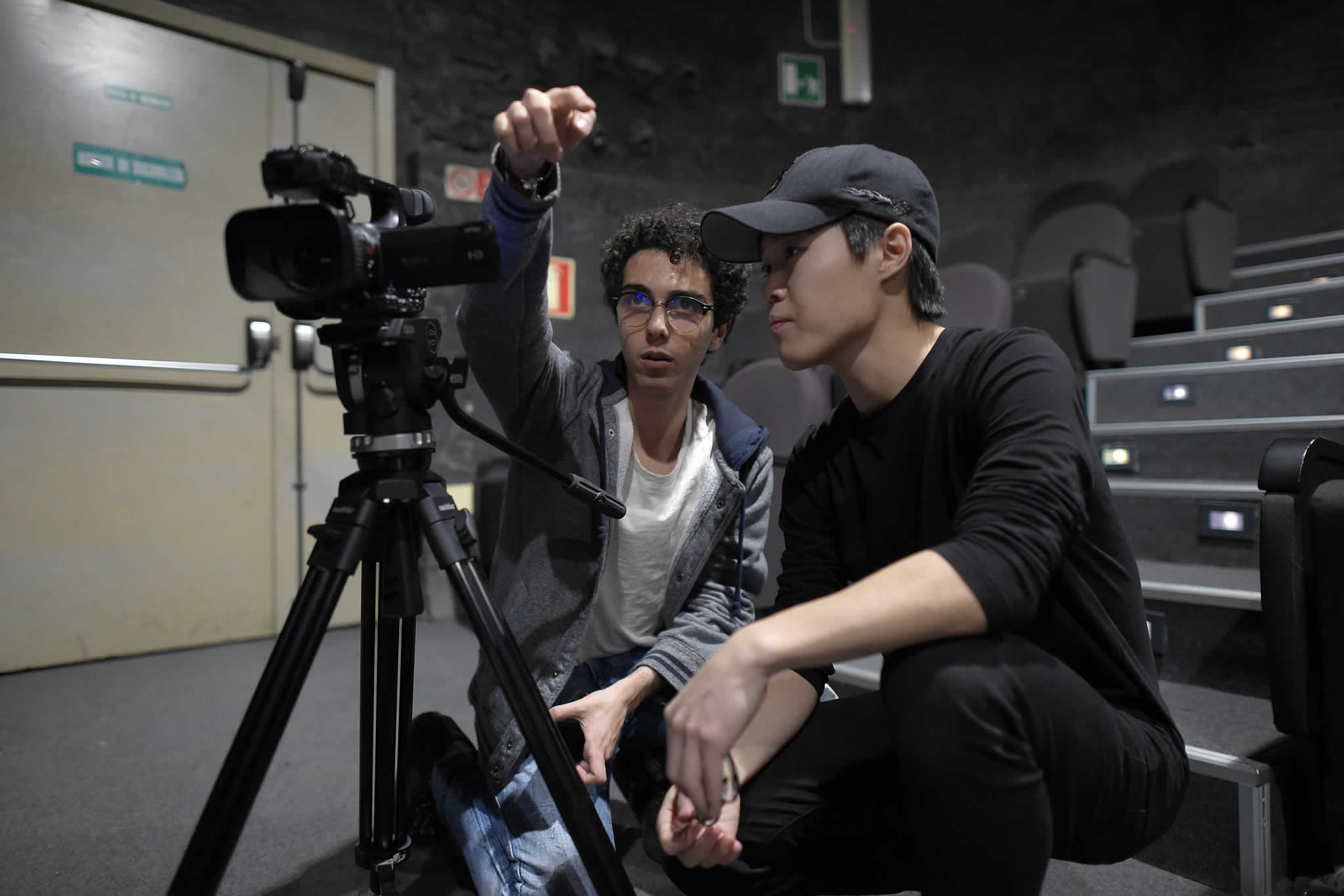 |
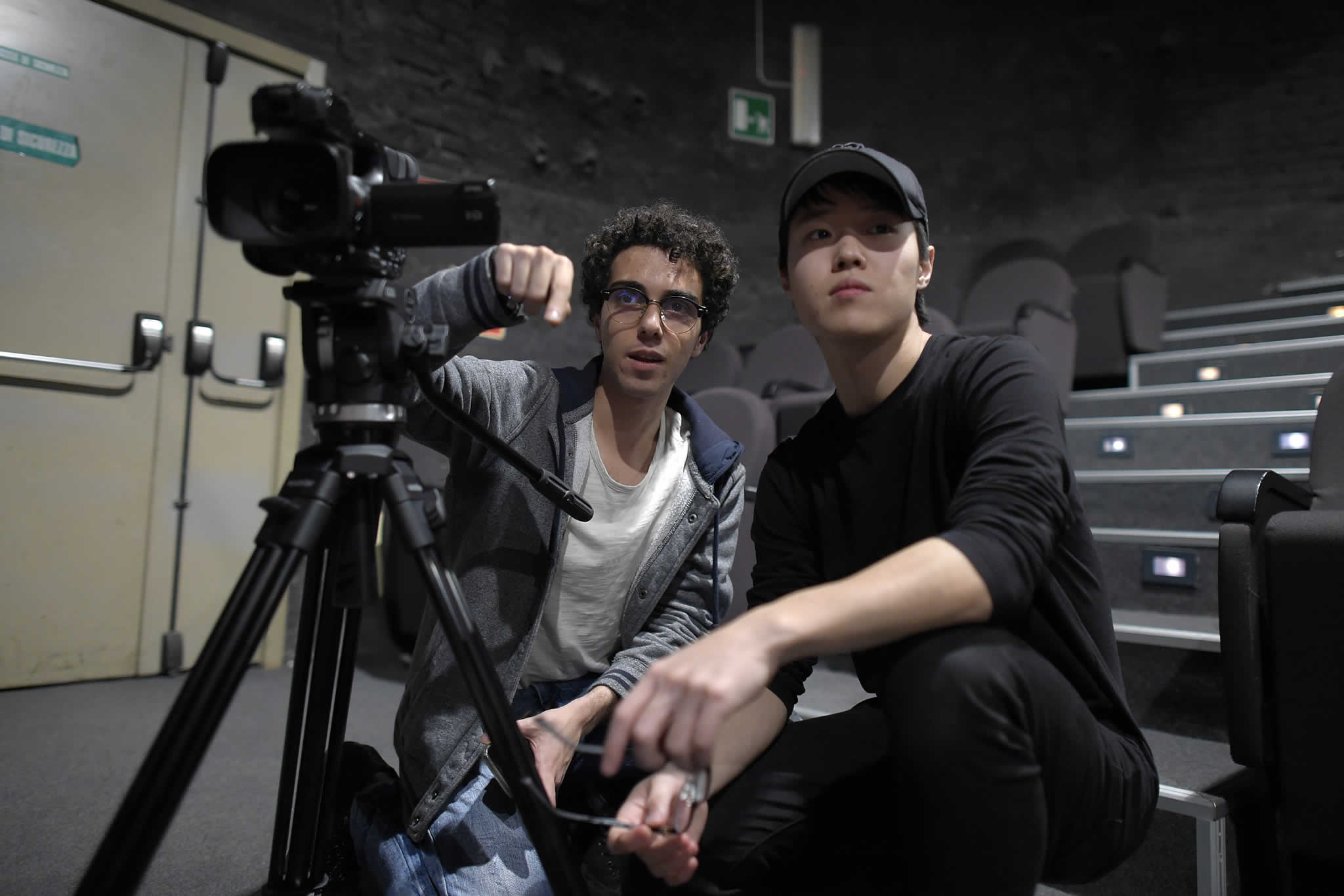 |
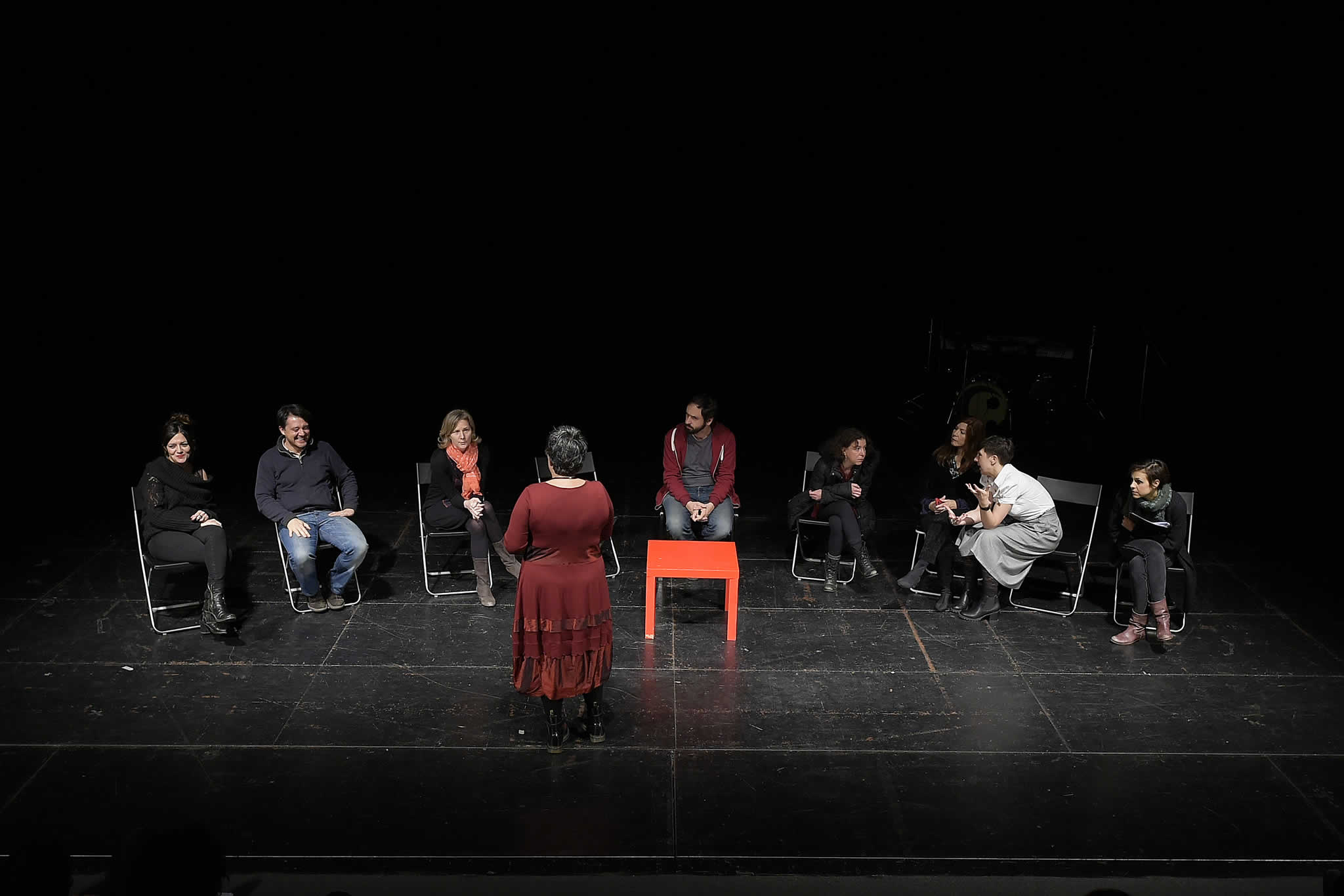 |
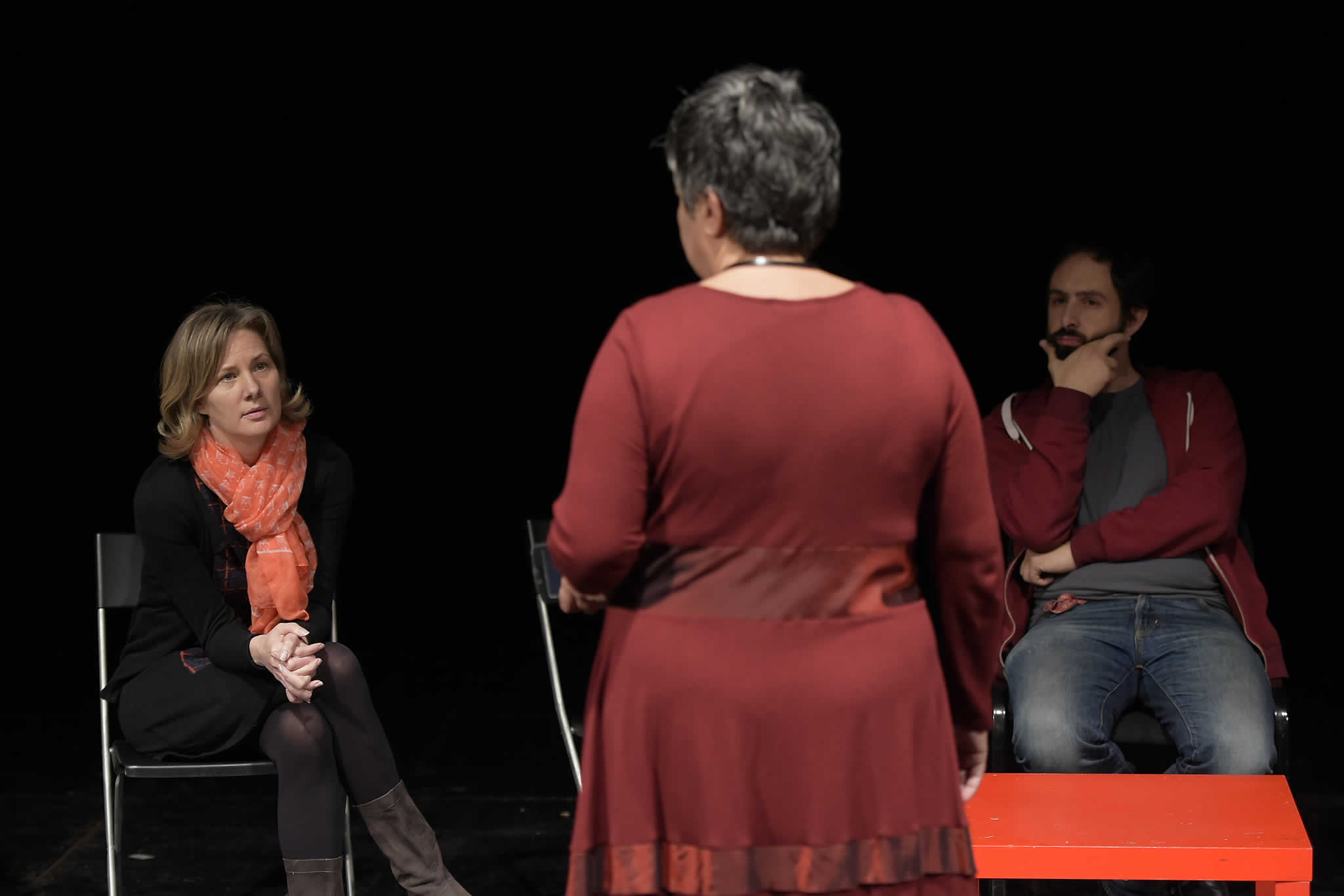 |
 |
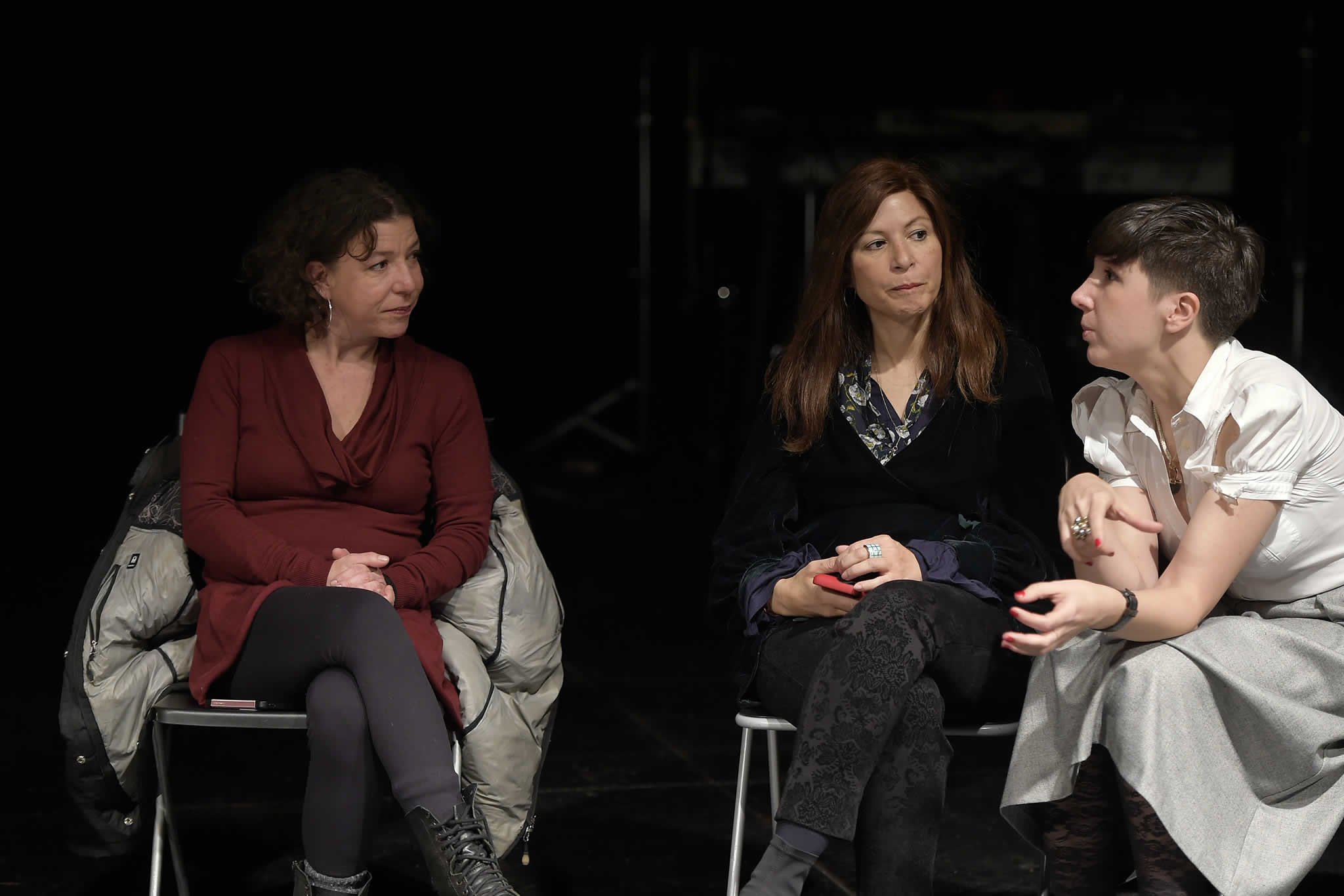 |
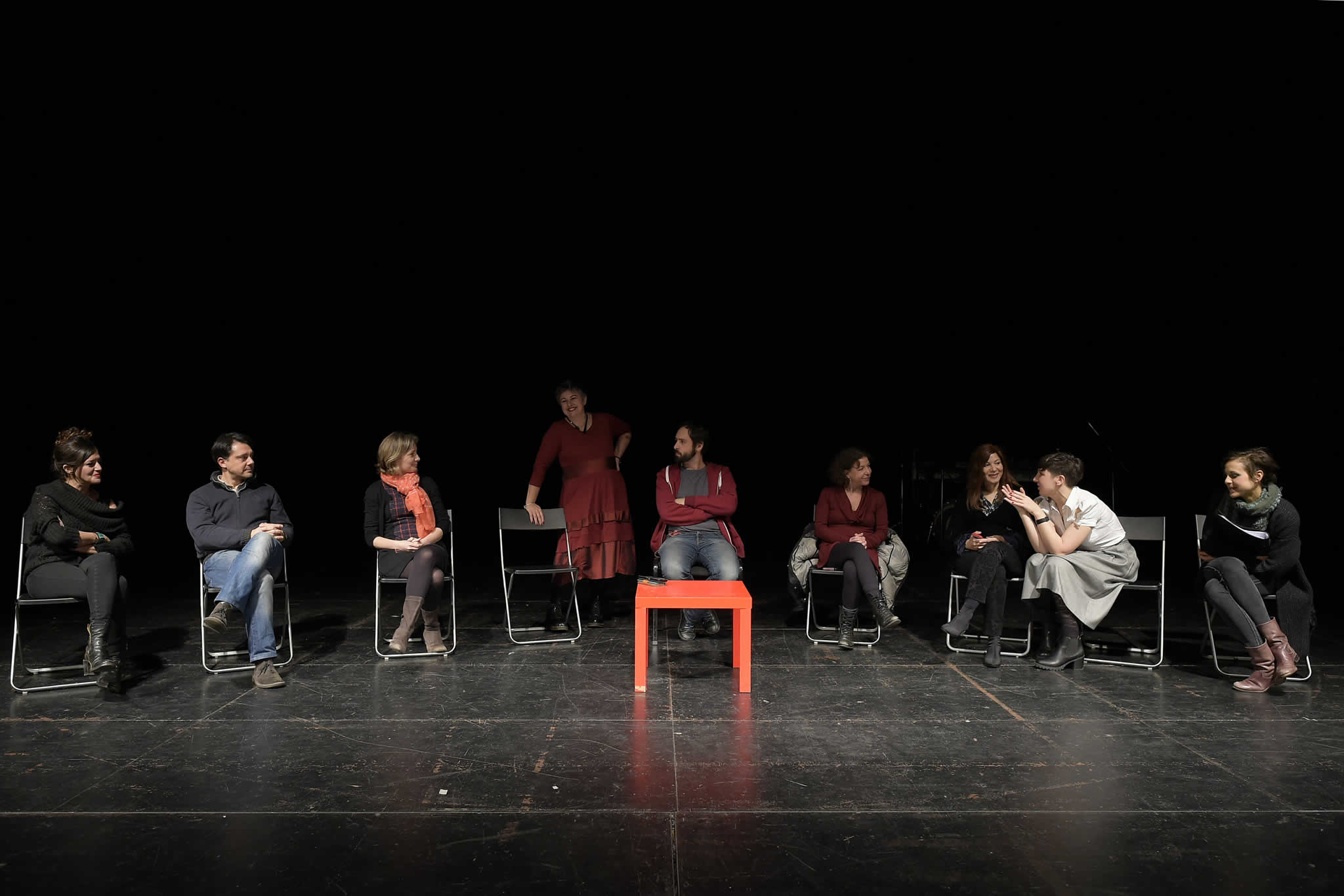 |
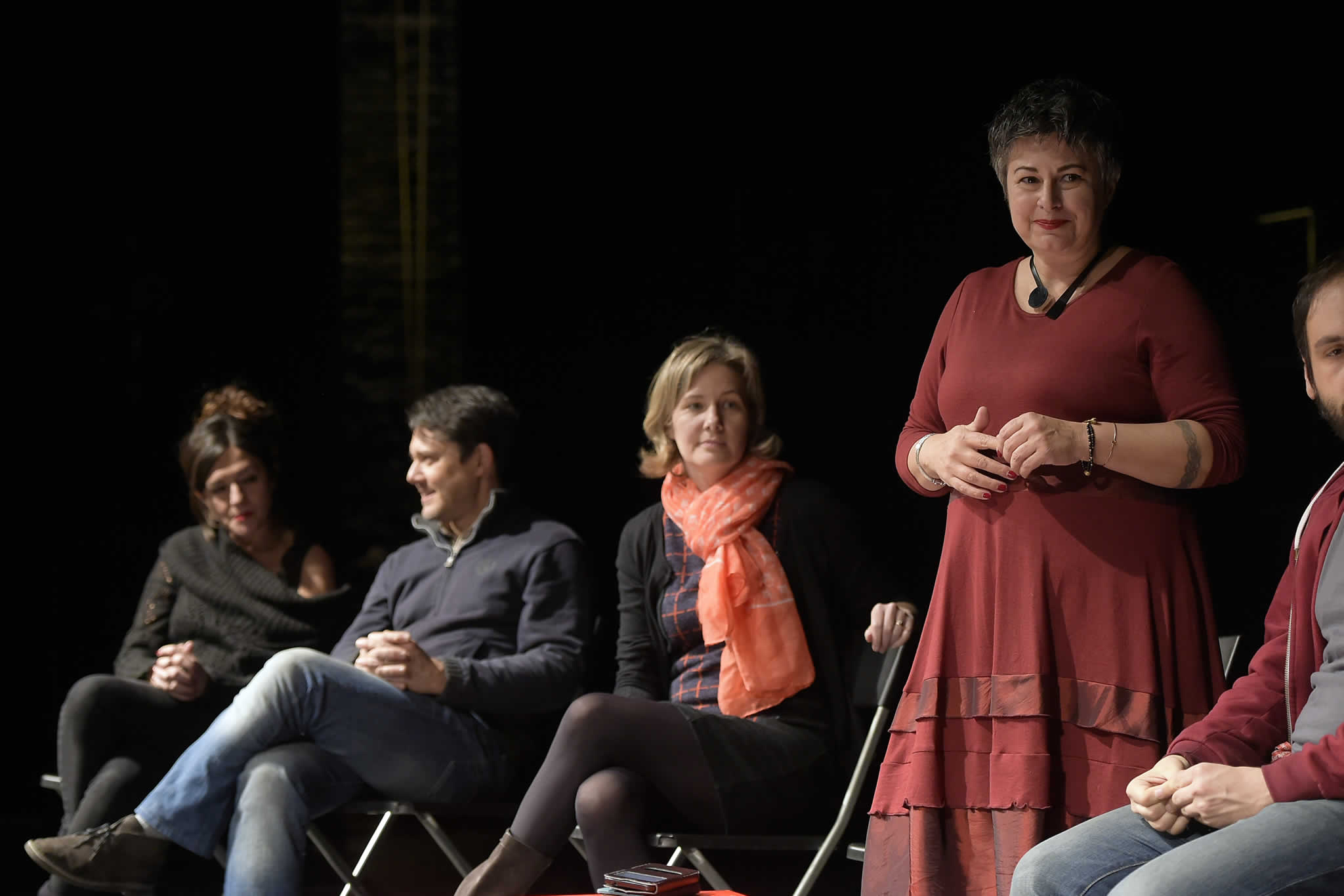 |
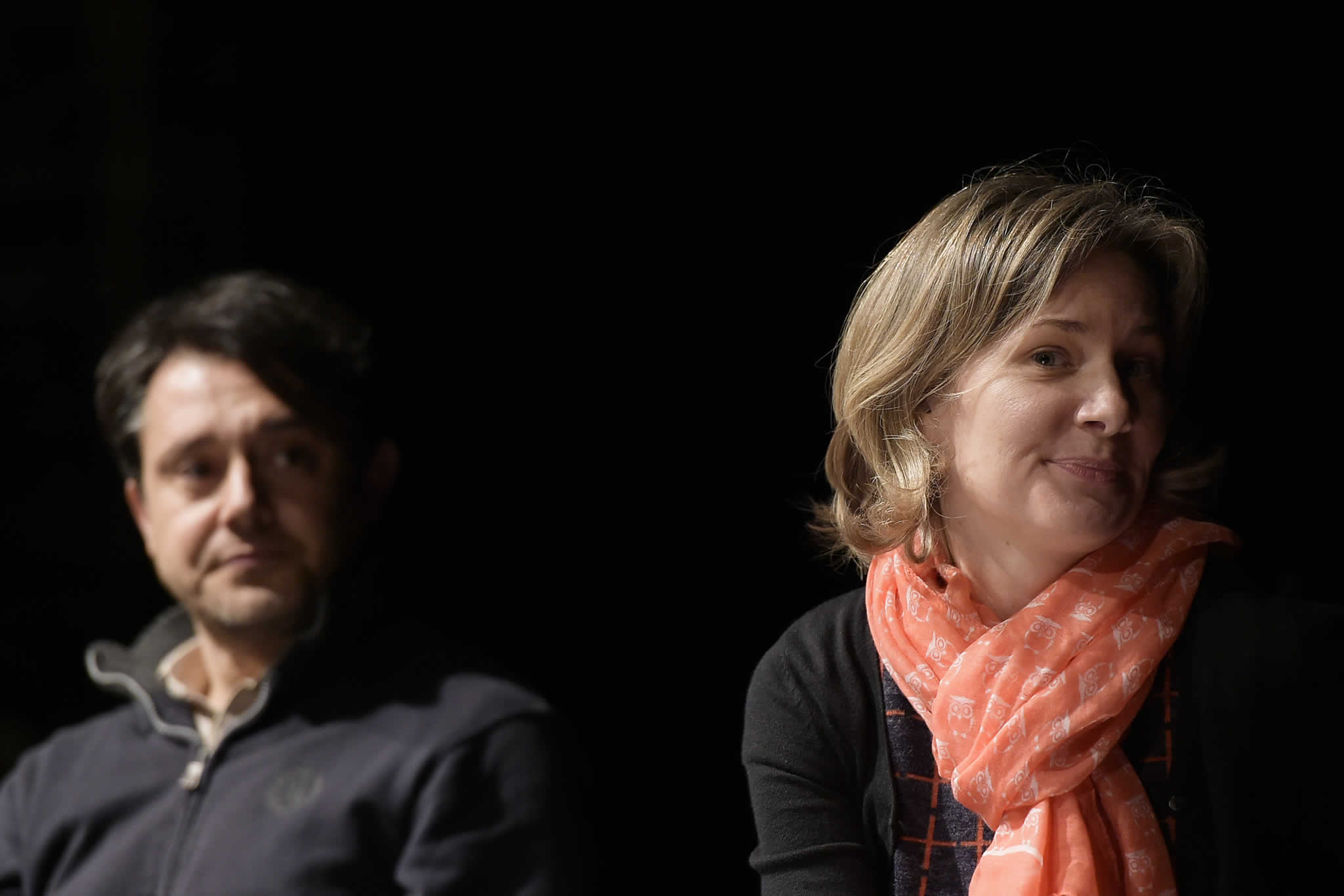 |
 |
